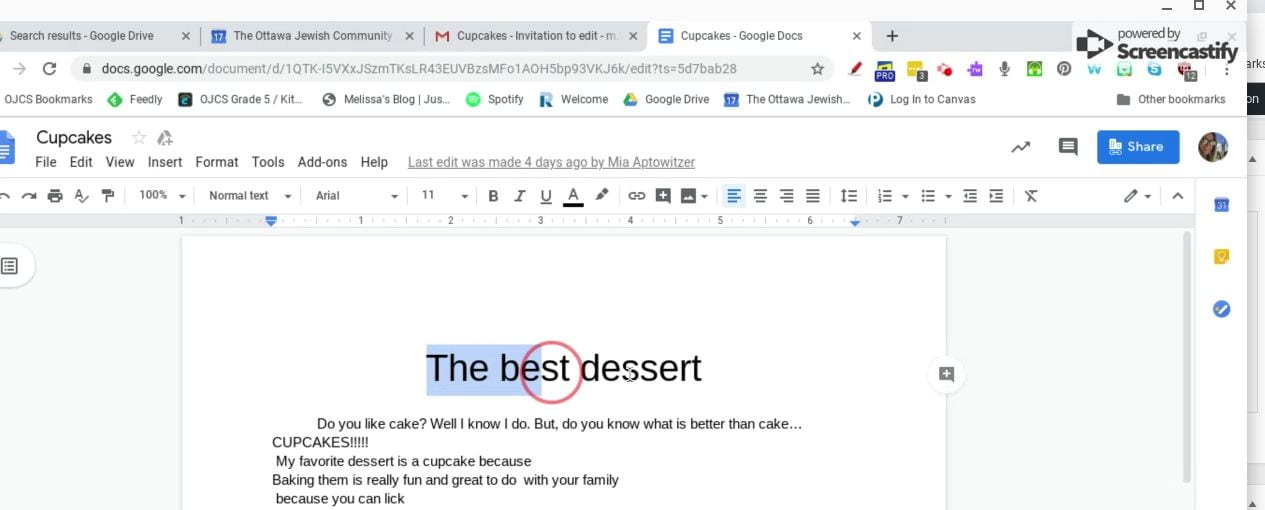My initial goal for my PGP was to create a set of learning modules around blogging to help teachers who are new to OJCS understand what we do, how we do it, and why we do it.
After collecting data and challenging my assumptions as a part of the prototype protocol, this remains one of my goals, but three new things have emerged that I never would have thought of had I not asked.
- Create a “Blogging Agreement” between staff and administrators, so that we are all on the same page in terms of what we should be blogging about, how often, and if there are any educational hot topics that are “off the table” so to speak. How can we blog according to the OJCS way? Let’s set the floor but no ceiling.
- Create some type of database of hot topics, articles, blog posts, etc that could help provoke teachers’ thinking in case they need some type of inspiration for their blogs.
- Teachers who are already teaching at the school still have blogging skills they’d like to improve upon. Just because someone has been here since the launch of blogging at OJCS, doesn’t mean they feel completely comfortable with all aspects of Edublogs. Therefore, my learning modules should be both deliverable through coaching sessions, but can also be more “self-serve” where teachers can pick and choose the topic they’d like to learn more about and work their way through it independently.
Before I jump into each of these projects, I still want to work slowly and get feedback to ensure I don’t put all my efforts into something that really won’t be beneficial. Where do I start, then?
First, I’ll need to meet with my Head of School to discuss the Blogging Agreement and confirm what his “Floor” wishes are. I’ll also need to see if he has strong feelings about topics that may go against The OJCS Way.
Next, I will use Trello (a somewhat new tool for me) to make an outline of each learning module to make sure I’ve included enough in each section, and have included all the various skills teachers would want to learn. I will share this with my colleagues and ask for feedback again to make sure I haven’t missed anything or made any assumptions that need to be corrected. I will refer to courses I have completed myself, such as the JumpStart Basics unit from Cult of Pedagogy, and Ampeduca from Silvia Tolisano, as references for ways to organize learning modules for adults.
Finally, I’ll continue to brainstorm ways to house the “Hot Topics” menu for teachers to choose from. One idea I already have is to use our Faculty Info Hub blog that already exists. Teachers would then have the ability to post their own articles and help provoke the thinking of their peers. If a Kindergarten Hebrew teacher reads an article on French Immersion in middle school, for example, they may post that article and see if any our our French faculty have thoughts or opinions on the matter, which they can then in turn post to their blog.
I feel really excited about the work that is to come. I’m glad I didn’t just jump in right from the get-go, as these new discoveries make me realize that I would have missed such an amazing opportunity to give our staff what THEY need, what I THINK they need.















